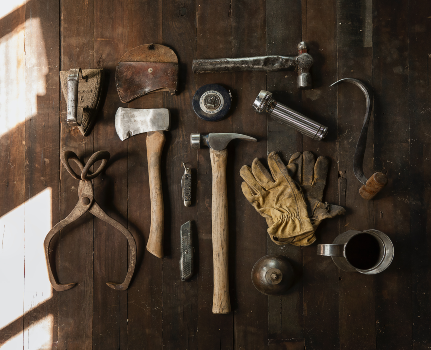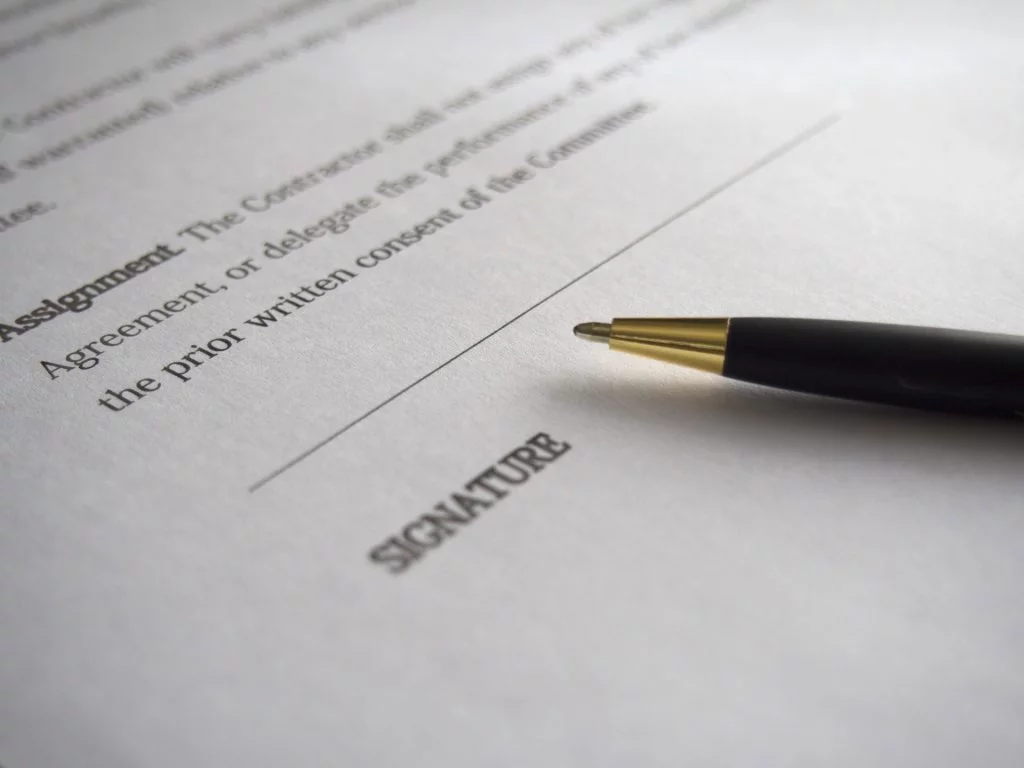This is One of the Most Important Tools in the Construction Business Toolbox
Last week we talked about how construction companies struggle with cash flow and how not knowing what to expect can be very damaging to the business.
Communication between construction companies and customers is one of the biggest problems in the construction industry. The Payment Application is a business tool used for tracking project progress payments. It’s a way to communicate the financial expectations to the customer…and it’s only fair to let them know what to expect, when they’re the ones writing the check.

Construction customers don’t like surprises.
Our Payment Application is an Excel spreadsheet that lets the customer see the numbers before the project starts, continuing all the way through to the end…and this prevents them from being surprised at the end of a project with a bigger than expected bill.
The Payment Application is a document used to show the customer the price of a construction project broken down by item. It tracks the breakdown of payments being made, what has been paid up to this point in the project and what remains to be paid. This document is given to the customer with each invoice so they can see what they are being billed for on the accompanying invoice.
Starting with a blank payment application –
Step 1 – Filling out the project information – This process includes filling out the project information box with the customer’s name, the project name, and the project address. Next fill out the application information box with the application number, application date, project number, and the date the contract was signed. With each new payment application, the application number and date will be revised.
Step 2 – Filling out the scope of work information and value – This information will come from the signed proposal and will be entered in the first three columns on the left side of the spreadsheet. Using the proposal, take the number of the first item and enter it into the first cell on the column titled Item #. Next, write a brief description of the work described on the proposal in the column titled Description of Work. Finally take the dollar amount for this item on the proposal and enter it in the third column titled Scheduled Value. Once this is done you will repeat these three steps, one row at a time, as you go down the spreadsheet until you have all the information from the proposal entered on the payment application.

Step 3 – Confirm the dollar amounts – After all the values are entered, the total at the bottom of the Schedule Value column should match the total price of project on the proposal. If it doesn’t review the numbers in the Scheduled Value column until you find the mistake and correct it.
Now you are ready to use the Payment Application to accompany invoices. This will let the customer see what they are paying for. Seeing a large dollar amount broken down into smaller ones helps the customer understand what it is they are paying for.
It is a good idea to invoice for a percentage of a project prior to starting. This shows the customer’s commitment to the project and helps cover the contractor’s expenses on the project if something were to happen that puts the project on hold or stops it all together.
Entering the payment prior to starting in the application –
Step 1 – Determine the dollar amount for each item – Based on the predetermined percentage of the project prior to starting you will need to get the percentage of material and labor for each item. This information will come from the Worksheet used in the bidding process.
Step 2 – Enter the dollar amounts – The 4th and 5th columns of the Payment Application is where this information will go. These columns are the Work Completed columns. The 4th is material ordered, stored or used. The 5th is work done. Starting with the first row you will go down the sheet entering the percentage amounts in the corresponding column.
Step 3 – Confirm the dollar amounts – This step is the same as step 3 in the initial filling out of the form. It is to confirm that the dollar amount of the two columns added together matches the dollar amount given to the customer as the payment prior to starting.
Step 4 – Confirming percentage – Column H is a formula that is automatically calculated and shows the percentage this payment is of the total amount for each item. Once again you want to confirm this percentage matches the information given to the customer in the proposal.
We’re going to stop here today.
Next week we’ll get the Payment Application ready for the next progress payment.

This may seem like a lot of work, but it isn’t nearly as bad as it appears on the surface, and the benefits of communicating clearly with a Payment Application are well worth it.
The Payment Application is one of the best communication tools in the Business BUILDing Toolbox.







































